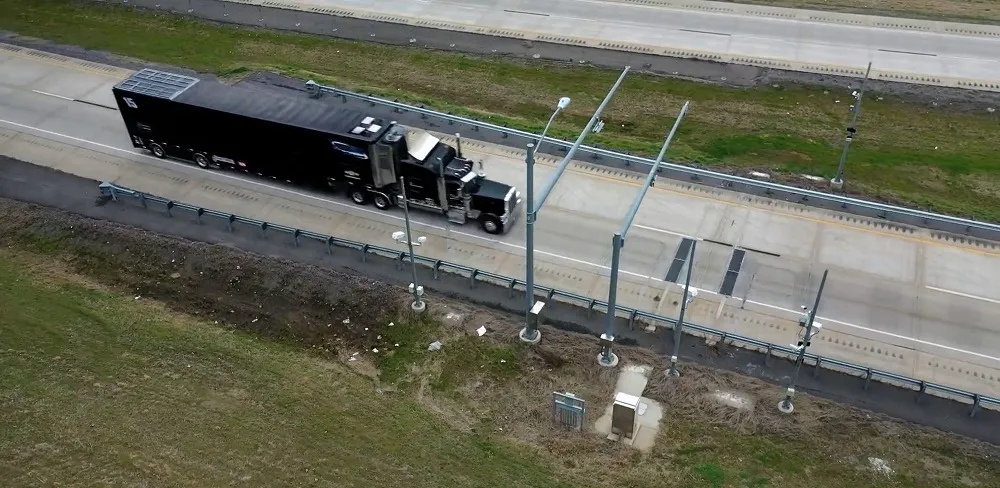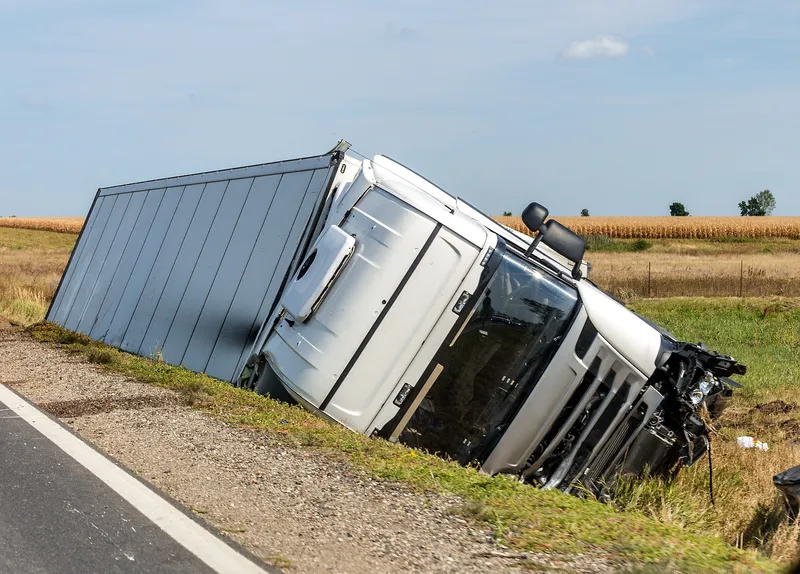
As infrastructure continues to evolve in response to changes in where, when and how we drive, the efficiency and accuracy of tolling operations are paramount to ensuring a seamless customer experience and maximising revenue collection. However, traditional tolling image review processes have not kept pace with growth, remaining time-consuming, prone to errors and lacking adaptability. To support this evolution, artificial intelligence will be an essential tool in modernising the image review process, ushering in a new era of efficiency, accuracy and operational excellence.
Challenges of traditional methods
The conventional methods of image review face several challenges hindering their effectiveness. The absence of technology integration with manual review leaves the process vulnerable to human error, impacting the seamless execution of image review tasks. Moreover, the lack of feedback loops encourages these processes to remain stagnant without the ability to adapt in response to changing conditions or data collected from the tolling operations ecosystem.
Another challenge is that, even in instances where technology is implemented, those tools themselves are often outdated and struggle to meet the demands of modern tolling operations. Antiquated systems stifle innovation and inhibit progress, preventing tolling agencies from capitalising on advancements in technology. By clinging to legacy technologies, agencies inadvertently impede their capacity to optimise operations, enhance customer experiences and capitalise on opportunities for growth.
Importance of proper image review
Proper image review is the cornerstone of tolling operations, serving as the first line of defence to ensure excellence in customer service, preventing errors in financial posting and toll invoicing while maximising revenue by reducing leakage.
“Conventional methods of image review face several challenges hindering their effectiveness”
Proper image review also enables tolling agencies to identify areas for improvement and implement proactive measures to enhance performance. By leveraging AI and machine learning, agencies acquire operational insights and real-time alerts, empowering them to make data-driven decisions while optimising their operations for maximum efficiency and profitability.
The role of AI in image review
AI holds tremendous potential for modernising the image review process in tolling operations and can be integrated into every stage of the image review workflow, from pre-processing to final validation. Through pre-processing AI algorithms, images can be enhanced and optimised for maximum automation potential, reducing the need for manual intervention and minimising processing time.
AI algorithms can also automatically identify and extract licence plate information, eliminating the need for manual data entry and reducing the risk of errors. This not only streamlines the image review process but enhances the accuracy and reliability of transaction data, ensuring compliance with business rules and regulations.
AI also acts as a safeguard against errors by flagging discrepancies and anomalies in real time. By comparing incoming data to predefined algorithms and business rules, AI can identify potential errors and inconsistencies before they escalate, allowing operators to take corrective action promptly and before impacting the customer and financial reconciliation.
Addressing concerns
Of course, any new methods for data collection and analysis raise understandable concerns over how data is collected, stored and utilised. It will be incumbent upon each agency and vendor to ensure their policies on these issues are updated to reflect new technologies, subjected to routine evaluation and revision as technology evolves and made readily available to public and regulatory scrutiny. As part of a technology upgrade, tolling agencies and vendors may also need to invest in enhanced data security measures.
In addition, it will be important to establish guidelines and redundancies establishing a checks-and-balances system between human and AI review. Communicating to the public how these new technologies will enhance - not replace - human oversight will hasten adoption and acceptance.
Roadmap for successful AI integration
To facilitate this evolution, the integration of AI in tolling operations calls for strategic partnerships with best-in-class service providers, which are crucial for ensuring the adoption of cutting-edge technology while also leveraging years of expertise and innovation that these providers bring:
Technology: Best-in-class service providers facilitate the enhancement of legacy systems with advanced AI capabilities, ensuring a smooth transition and interoperability between old and new technologies. Their expertise helps tailor AI solutions that are both innovative and compatible with existing infrastructure, minimising disruption and maximising efficiency.
Policy: Top-tier providers support the development and implementation of robust policies that govern technology use, ensuring compliance with regulations and maintaining high standards of data privacy and security. Their experience in navigating complex regulatory environments helps agencies implement AI solutions responsibly and ethically.
People: Agencies benefit from comprehensive training programmes and support structures. These providers help upskill agency staff, enabling them to manage and operate advanced AI systems effectively, ensuring that the human element evolves in tandem with technology.
Working with best-in-class service providers not only brings technological advancements but also ensures that these innovations are implemented in a manner that is secure, efficient, and beneficial to both the tolling agencies and their customers. These partnerships are essential for agencies aiming to remain competitive in a rapidly-evolving digital landscape, helping them harness the full potential of AI to improve service delivery, enhance operational efficiency, and secure the future of tolling operations.
ABOUT THE AUTHOR

Rafael Hernandez is vice president and national practice leader of tolling for IntelliRoad, and co-chair of IBTTA’s Artificial Intelligence and Machine Learning subcommittee










